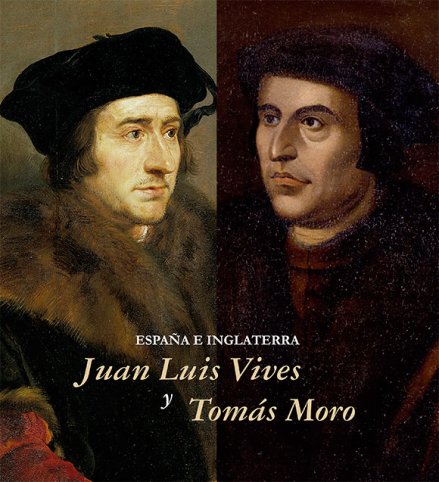Vives was greatly acknowledged for his wisdom. Thomas More has always held a great influence as a humanist, Christian, Saint and martyr. They were both friends and privileged witnesses to a period of history that the great Erasmus from Rotterdam, Prince of Humanists and a friend in common to both, called the Golden Age for being the Century of the Humanists. There have been many exhibitions about Vives and about More, but none that are dedicated to the two personalities together.
Through the texts and the videos comprising the Exhibition, we are shown their world and how they coped with the issues of their time, as well as learning about the relations between Spain and England. The Exhibition is structured in three thematic blocks: politics, spirituality and education and ends with an encounter between Cervantes and Shakespeare, who also dealt with Spanish-English culture and the historic age of Vives and More though literature.



